The Hidden Dangers of Peace Lily Plants for Our Furry Friends
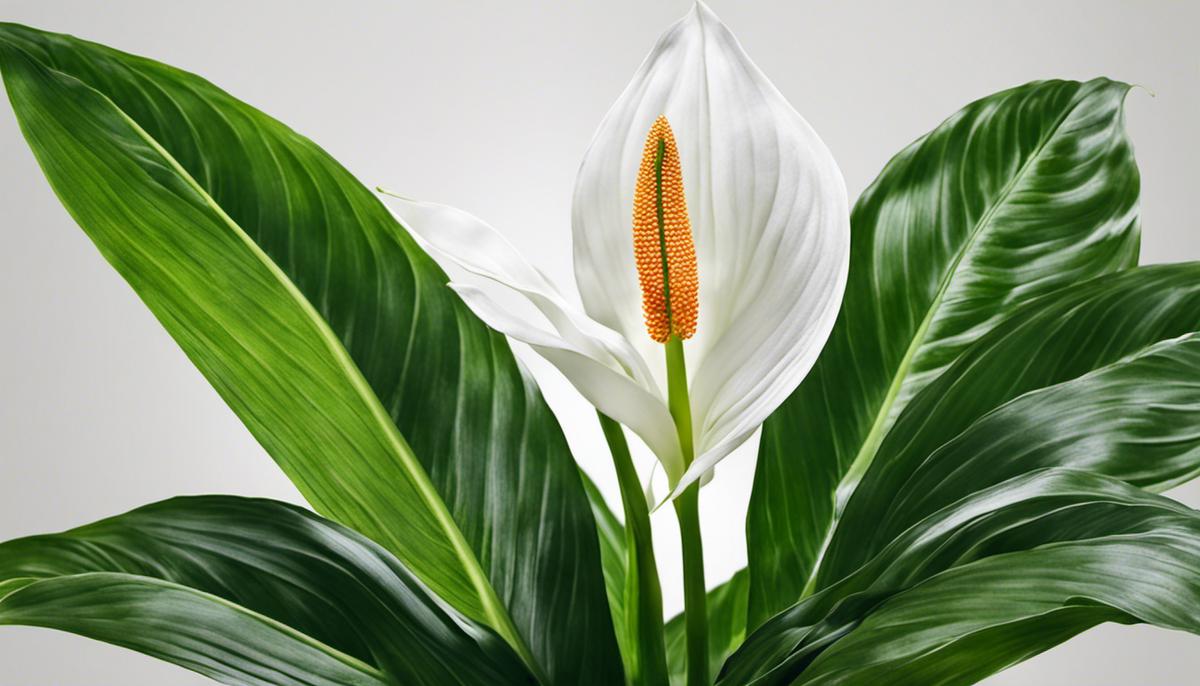
Well-loved for its robust growth and stunning blooms, the Peace Lily, or Spathiphyllum, is a cherished part of many households. However, like many seemingly harmless plants, it hides a danger of its own, particularly to our feline friends. It contains calcium oxalate, a substance which when chewed, licked, or ingested by cats, can pose a serious risk to their health. This article delves into the anatomy of this beautiful plant, the harmful effects it can elaborate on our four-legged family members, and how to protect our cats from its toxicity. We will further discuss the tell-tale signs of poisoning you need to watch out for, as well as the crucial steps to effectively handle an emergency situation.
Understanding the Peace Lily Plant
When it comes to creating a cozy, serene ambiance within a bustling family home, peace lily plants tend to take the prize. Inside these dark green, glossy leaves dances an elegant ballet of life, light, and air quality you won’t easily find in other houseplants. Their graceful, white blooms, which give the appearance of a white flag being waved in surrender, effortlessly inspire a sense of peace and tranquility. Their unique features have rendered them a common staple in homes across the country.
Evidently, it’s not just the aesthetics of peace lilies that make them special; these plants bring an air-purifying quality to the table, literally. According to numerous studies, including NASA’s Clean Air Study, peace lilies can effectively filter out harmful toxins in the air. They remove chemicals like benzene, formaldehyde, and carbon monoxide from your living environment – talk about a houseplant punching above its weight! Moreover, peace lilies are forgiving in nature, tolerant of neglect, thriving in low light conditions, and they only need sporadic watering to stay healthy. A perfect choice for families juggling busy schedules!
So, if the aim is to foster a calm yet vibrant environment within the home, and to fill every corner with a touch of nature, peace lilies are a marvelous choice. They’re not just plants; they’re life-enhancers that bring the ever-needed tranquility to the hustle and bustle of family life. By inviting peace lilies into your home, you’re not only elevating your decorating game but also investing in your family’s well-being.
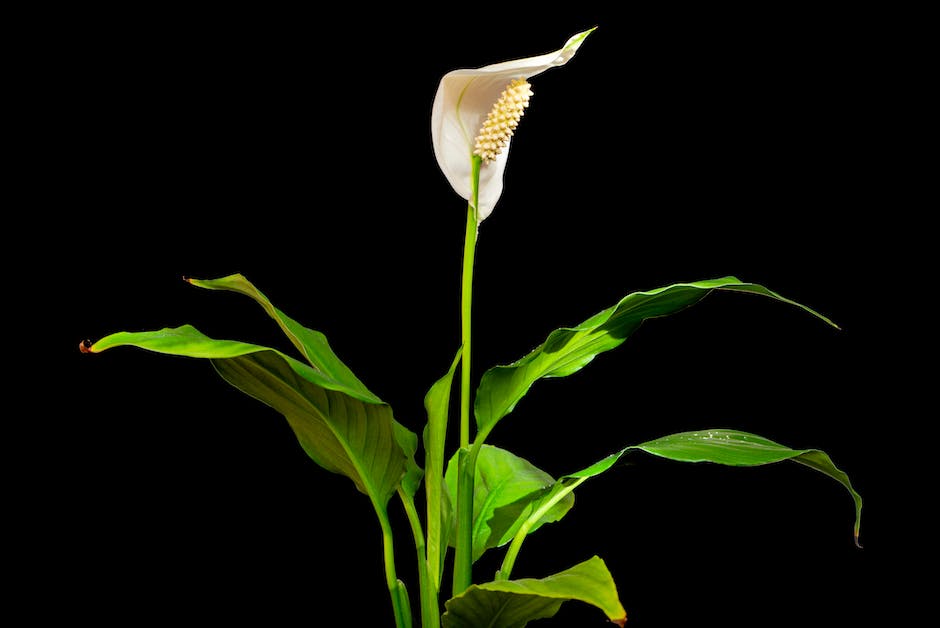
Potency of Peace Lily Poison
Now, let’s explore a different side of peace lilies, one that’s crucial to be aware of for those sharing their home with furry friends.
As beautiful as peace lilies are, the unfortunate truth is they carry a significant risk for our feline companions. The concern stems from the presence of saponins, natural chemicals produced by the plant that serve as a defense mechanism against fungi, insects, and other threats. Regrettably, these saponins are toxic to cats if ingested.
The risk might appear alarming, especially given the plant’s appealing aesthetic and air purification benefits. So, what does this mean for cat-lovers who appreciate the serenity peace lilies bring? If ingested, saponins can cause considerable discomfort in cats, leading to symptoms such as vomiting, drooling, loss of appetite, and even difficulty swallowing. This situation can escalate, potentially causing severe dehydration and warranting immediate veterinary attention.
One should weigh the benefits and risks when deciding to invite a peace lily into a home shared with cats. Prioritize the health and safety of furry family members above all else. Despite its myriad of benefits to humans, the peace lily poses a potential danger to feline friends, highlighting the importance of careful plant selection and placement. Always research the houseplants carefully before bringing them into a cat-filled home and keep any potentially harmful plants out of their reach. Consider engaging with a local nursery or veterinarian for non-toxic plant recommendations and create an environment that is harmonious for everyone.
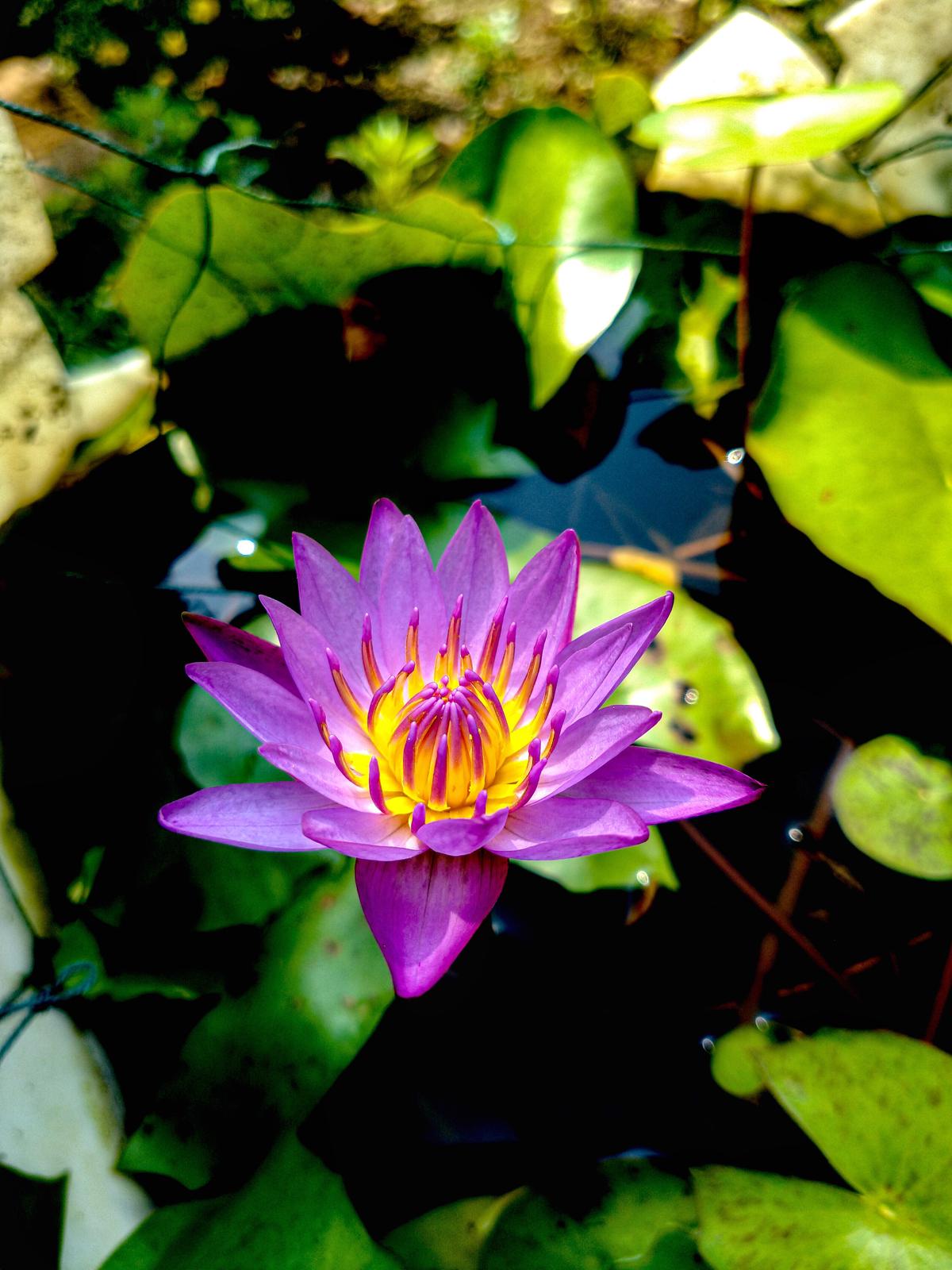
Photo by crank___shaft on Unsplash
Signs and Symptoms in Cats
While peace lilies might be a wonderful addition to any home, it’s critical to know that these plants can pose a threat to our beloved feline companions. Cats that have been poisoned by a peace lily may show a range of distinctive symptoms.
Drooling, a decrease in appetite, and spewing can be tell-tale signs of saponin ingestion. These are the initial symptoms commonly noticed by pet parents. A cat may also paw at their mouth or even exhibit signs of difficulty swallowing. Distressingly, cats may experience an increased heart rate, respiratory distress, or even organ failure if the poison is not promptly and appropriately managed.
A cat that has had contact with a peace lily might also show signs of contact dermatitis, which can include redness, itching, and swelling of the skin. If you spot these symptoms, it’s crucial to consult with a veterinarian immediately. Swift action can make all the difference in your feline friend’s survival and recovery.
In conclusion, for homes with cats, it might be best to steer clear of peace lilies. There are plenty of other beautiful, air-purifying plants that coexist harmoniously with cats. Be diligent in your research and dedicated to creating a safe and green space for the entire family. After all, as loving parents and pet owners, our first and foremost responsibility is their well-being.
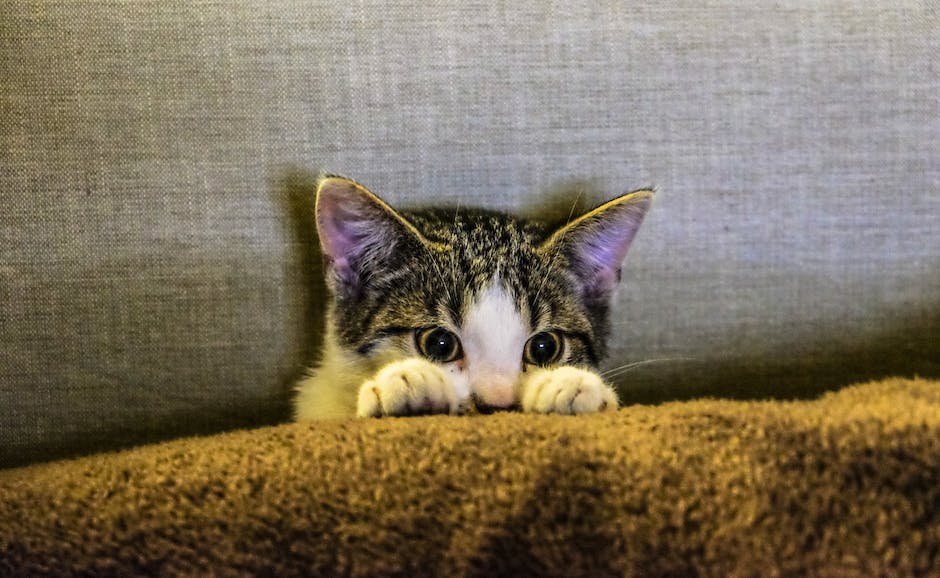
Prevention and Treatment Options
While peace lilies are undoubtedly charming additions to our abodes, their hidden danger to our feline friends cannot be overlooked. Some may wonder, “How can the risk of peace lily labeling be prevented?” Well, prevention primarily involves education and action. Understanding the risks and taking appropriate steps to safeguard our whiskered buddies while still maintaining our green haven is essential.
One practical prevention method is restricting your cat’s access to the peace lily. Keep the plant in a secure area where your feline companion can’t typically venture into. Alternatively, why not substitute peace lilies with cat-friendly plants altogether? A variety of plants pose no harm to your feline companions and can equally brighten up any living space. Succulents like Haworthia or Spider plants prove to be quite popular and are safe choices in a cat-loving home.
But, what should you do when prevention fails? Thankfully, peace lily poisoning is treatable if the symptoms – like irritation of the mouth, excessive drooling, vomiting – are promptly recognized. Upon suspecting peace lily toxicity, swiftly consulting with a veterinarian is crucial. They may suggest treatment options which usually involve inducing vomiting, administering activated charcoal to absorb any toxic remnants, and ensuring the cat stays well-hydrated to flush out the toxins. In some severe cases, a veterinarian may recommend hospitalization for close monitoring.
Creating the perfect home environment doesn’t have to compromise our precious pets’ safety. It merely calls for a knowledgeable and strategic approach. Enjoy the serenity of indoor plants while ensuring the well-being of the cats we love so dearly with these simple steps. Remember, they depend on us to make the living environment both enchanting and safe for them. Let’s rise to the occasion!
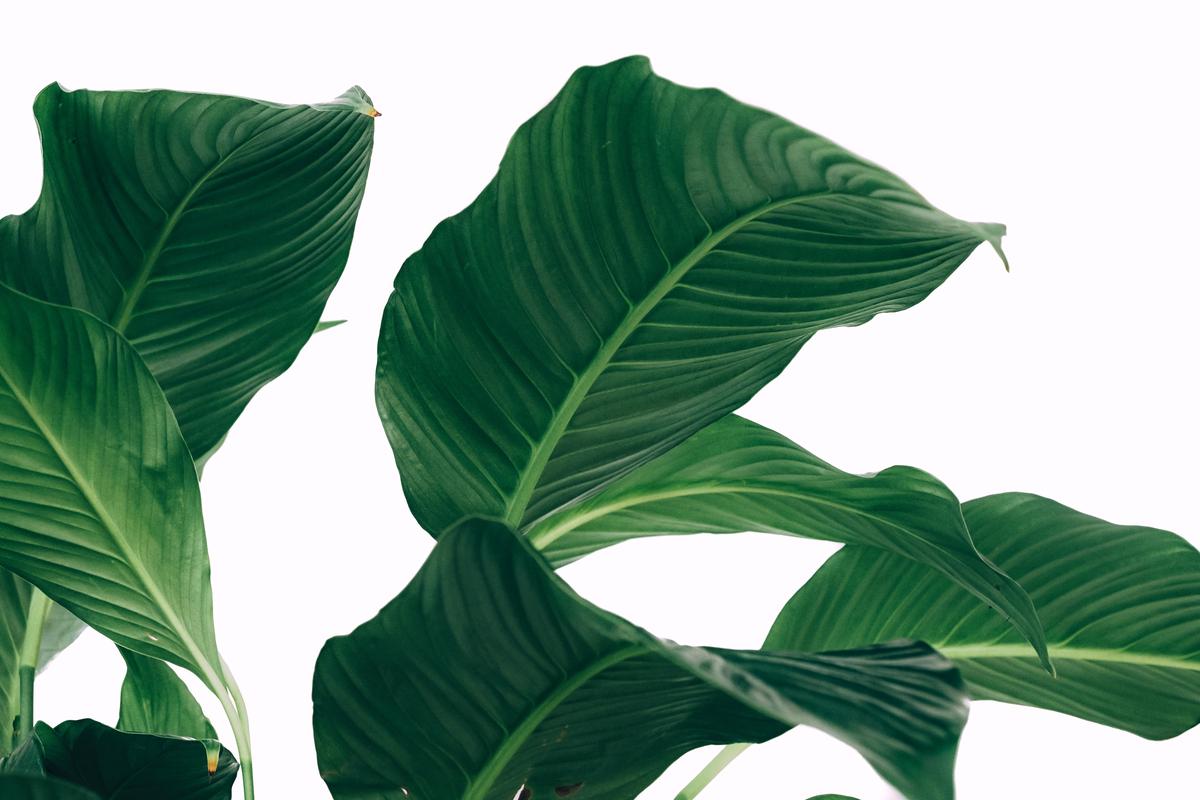
Photo by lensinkmitchel on Unsplash
While Peace Lilies enhance our homes with their elegance, it is crucial to keep in mind the potential threat they pose to our pet cats. Understanding their poisonous nature, being vigilant for any symptoms of poisoning, and implementing preventive measures can aid in not just saving feline lives but also maintaining the overall health of our beloved pets. If an emergency were to occur, immediate veterinary help should be sought. As responsible cat owners, it falls upon us to learn about our floral choices and their impact on our pets, ensuring we can keep both our greenery and our pets secure in our homes.



